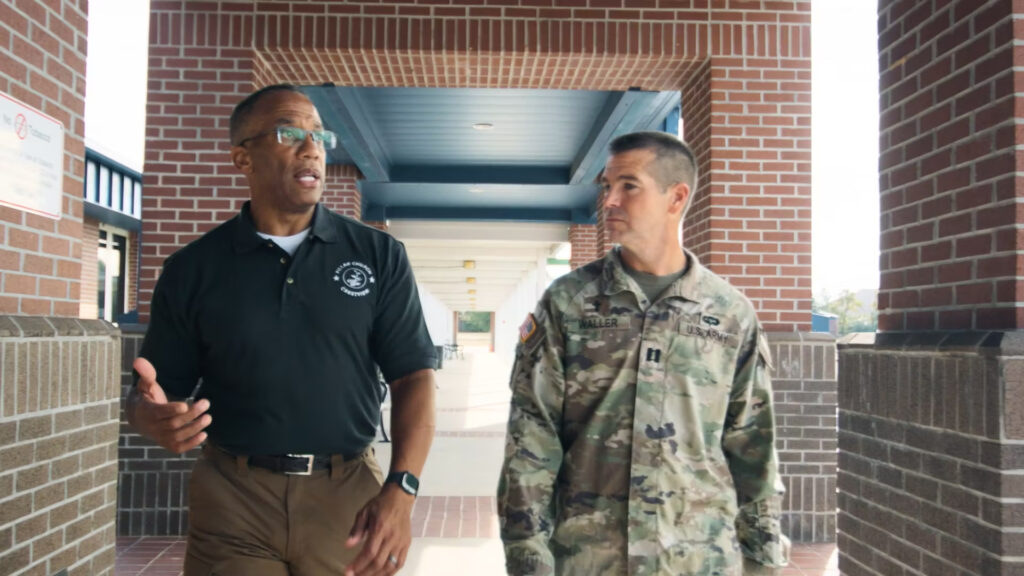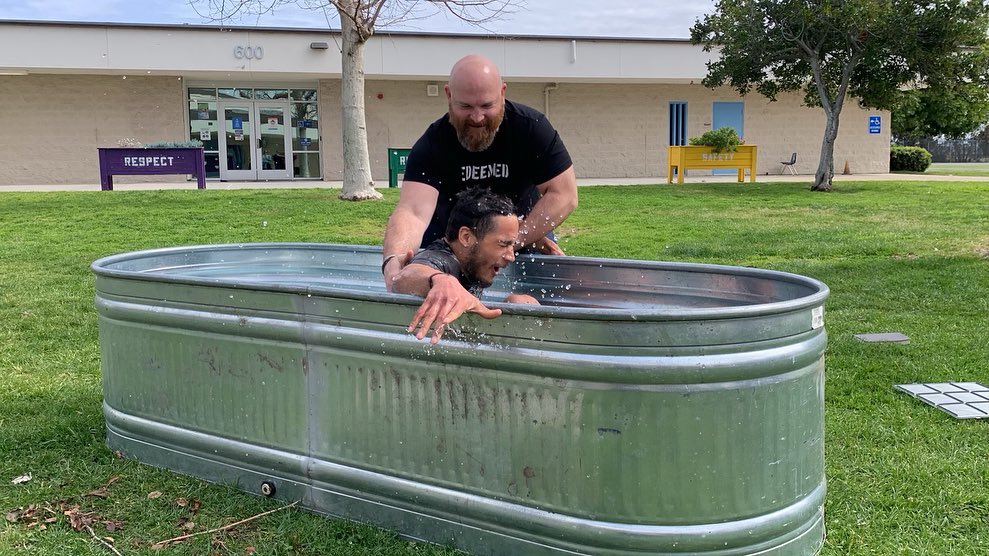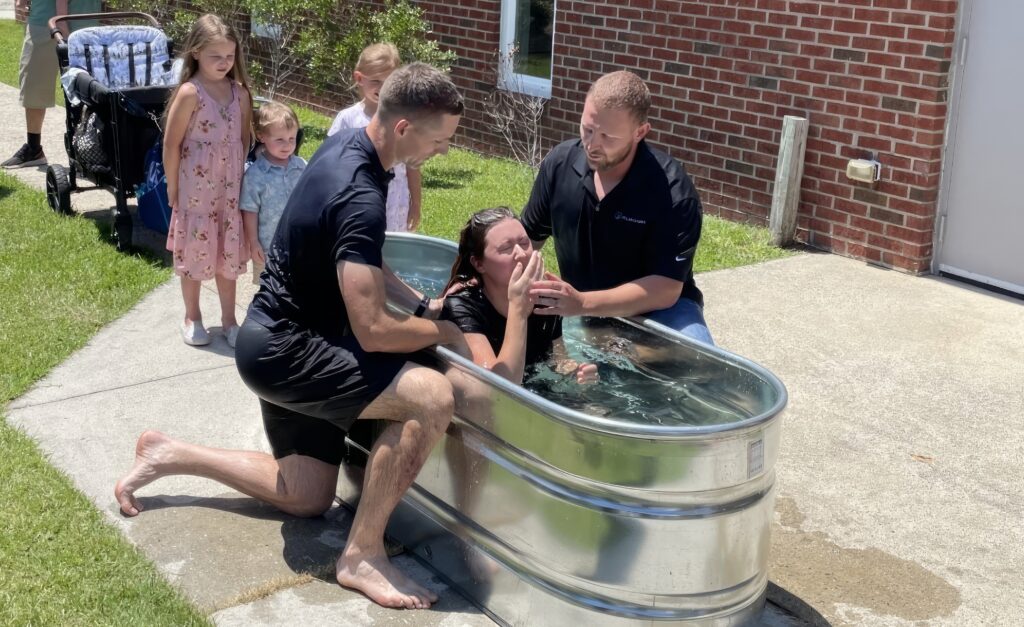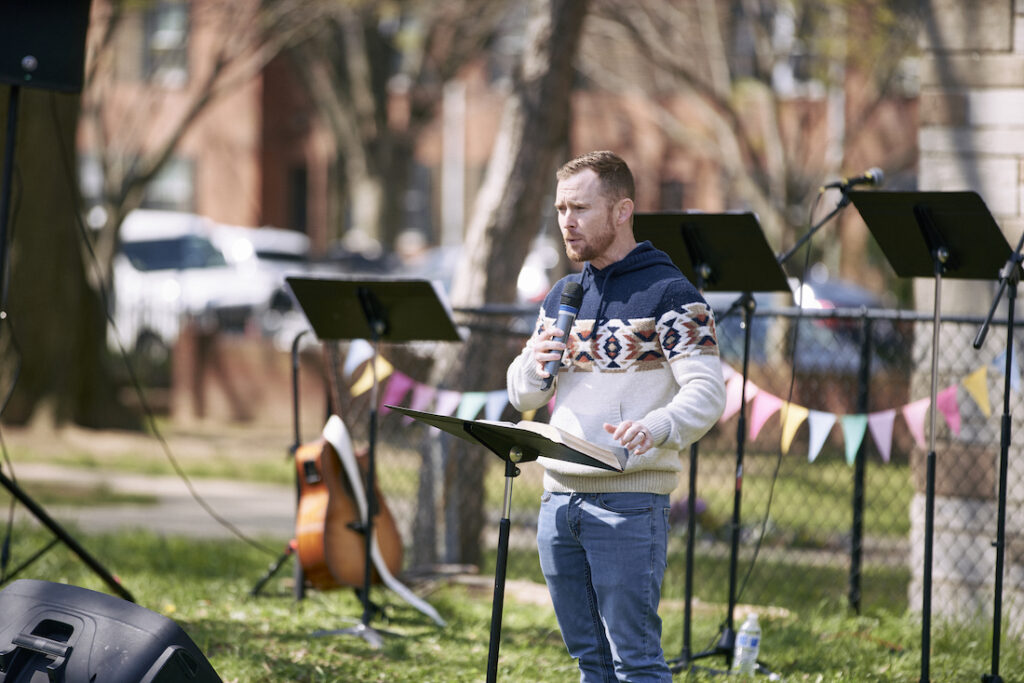Running has never been really fun for me unless it was an actual race. Although I still run today, I ran track in high school for a couple of years. Back then, I loved the races but never liked to practice. I realized what made the races and competing well such an exhilarating experience, was all the practices before the race. I still didn’t like practicing. Consistent preparation is the key to successful execution. I had to “get ready.”
To skillfully execute, I had to also “get set.” In those high school races, those words meant to focus on the finish line, have the lane clearly laid out and press into the starting blocks to lift up because you were about to take off. Adrenaline started pumping, the heart started pounding, it was almost time to launch out and run.
The process for running readily translates in equipping Sending Churches. In this phase, a planter has already been identified (see previous blog on “get ready”). Then, as a Sending Church getting set to send your first planter out means to have a clear destination, have a pathway laid out and then to draw on some extra resources necessary to launch.
What if every church “owned” a city? What if those churches in the places that are more heavily saturated with churches, would lead their people to take responsibility for the spiritual transformation of the cities greatest need?
CLARIFY THE DESTINATION
Every runner in a race knows where the finish line is and therefore clarity of where to plant is critical to success. This would seem obvious but Sending Churches can sometimes minimize the importance of place, to the person. Both are critical. However if the gospel is going to take root in a city and bring about the spiritual transformation that is needed, it will happen with churches not only send a planter but also take responsibility for that city. What if every church “owned” a city? What if those churches in the places that are more heavily saturated with churches, would lead their people to take responsibility for the spiritual transformation of the cities greatest need? What if your church would continually funnel people, prayers and resources toward an unreached city? Imagine how the spiritual landscape of our world would change! Here are few suggestions on determining the destination:
• Discover the cities of greatest need?
• Discover cities where there is some affinity that seems attractive to your church?
• Join in a NAMB Vision Tour of the city.
• Ask God for a love for the city and a burden for the city.
MARK OUT THE PATH
What if your church would continually funnel people, prayers and resources toward an unreached city? Imagine how the spiritual landscape of our world would change!
I believe every church really wants to grow and therefore every church has a developmental pathway, of some sort, for people to follow toward maturity. Some paths are clear and well marked, while others are implied, and organic. Jesus spent 3 years developing His disciples to be sent out. He taught them (Luke 11), He showed them (John 14), He had them practice (Matthew 10), and retrained (Luke 10). Sending Churches would do well in marking out a clear developmental pathway (or pipeline) for preparing planters and team members to plant. Below are a few suggestions in developing a pathway for planters:
• Attend a Sending Church Lab hosted by NAMB.
• Ask for guidance and curriculum from your local and state leaders in regards to training for Sending Churches.
• Attend one of NAMB’s training retreats for training planters.
• Explore using Lifeway’s Ministry Grid and create a tailor-made learning pathway.
DRAW ON RESOURCES
Running expends an extra amount of energy over normal activities in my life.
Likewise, sending out planters will also call for extra energy and resources. However, many churches believe they don’t have extra resources so let me give you a few other thoughts in regards to this principle.
• Schedule a celebration/commissioning service and bless the planter with the support (if resources have been designated). Inform the church of the financial support and affirm them for their sacrificial giving.
• If money has not been allocated, allow for a few supporters to share a testimony on behalf of the planter, encouraging the church to bless the planter with prayers and support.
• Allocate space in the church newsletter/website or create new print pieces informing the church and community about the planter.
• Set up a schedule for the planter to visit Sunday School classes or small groups to answer questions and have them pray over the planter.
Following these principles and practices, will ensure that the Sending Church is set to send out their first planter.
For more information on becoming a Sending Church, contact us at 800-634-2462 or consider attendingsendnetwork.com/Sending-Church-Lab.
Published April 26, 2016




